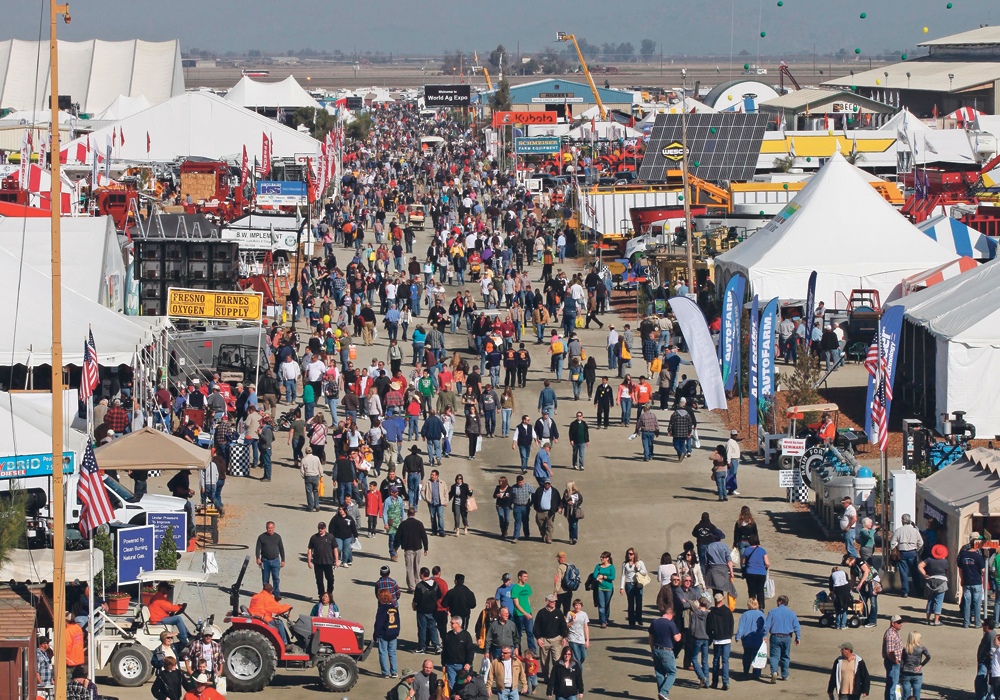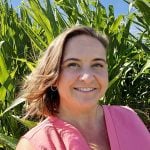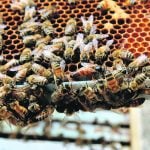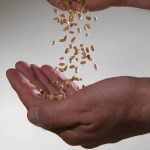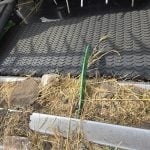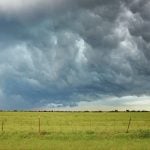One of my favourite questions to ask of students in class or growers out in the real world was, “are you trying to reduce or manage your variability?”
After some confused looks, I would provide a brief explanation that would lead to some good discussion.
This question is at the heart of the meaning of precision farming.
Variability is a natural occurrence for almost anything in this world. God must have created this variability to make sure that everything has a unique character. It’s a nice way of thinking about it.
Read Also
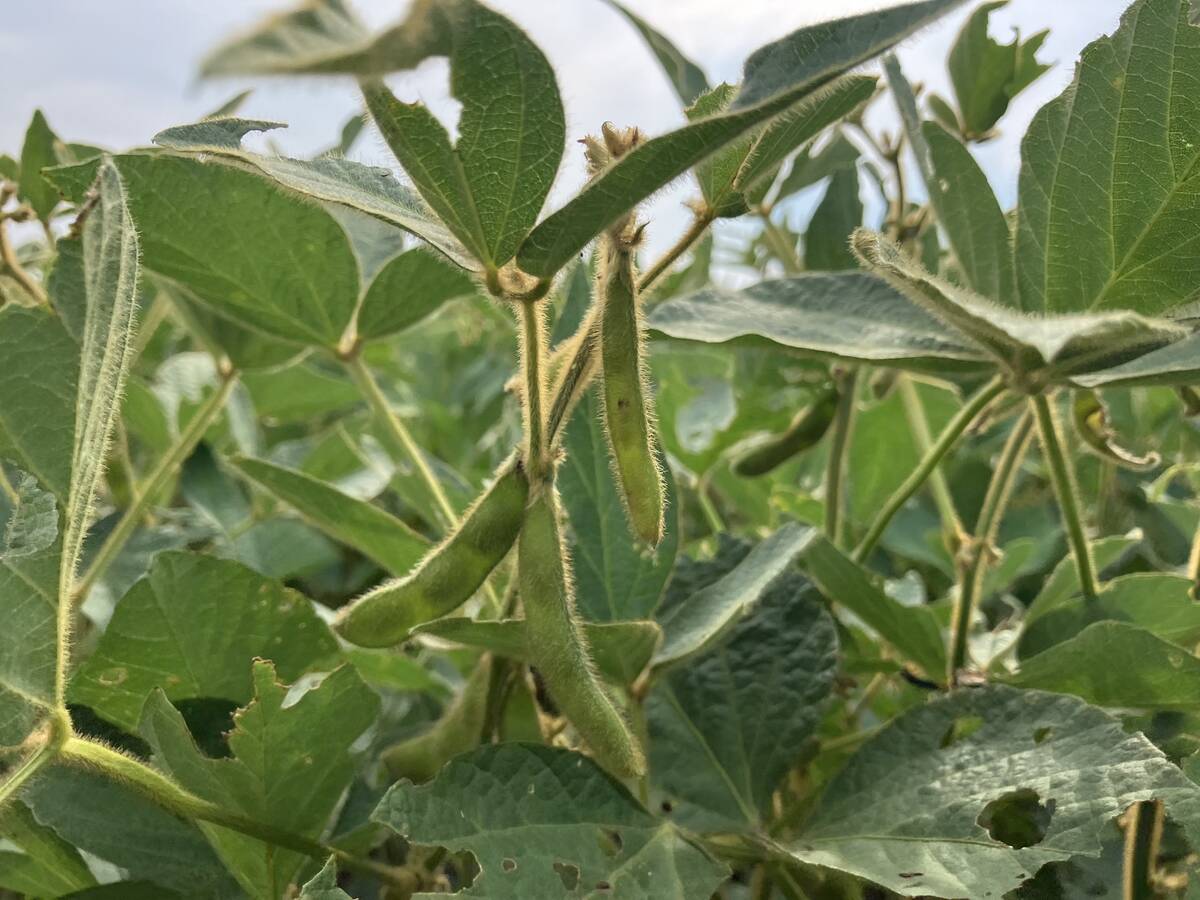
U.S. loses out on sales of soybean to China
U.S. soybean exporters risk missing out on billions of dollars worth of sales to China this year as trade talks drag on and buyers in the top oilseed importer lock in cargoes from Brazil.
Everything from the height of people to the sugar content of sugar beets to the yield in a wheat field will vary. There are people who are seven feet tall and those who are four.
These are the extremes that naturally occur on both sides of the spectrum, though the majority of people’s heights are somewhere in between. In statistics, it’s called a normal bell curve.
We try to quantify normal by measuring the central tendency of the characteristic using an average. We also try to measure the differences and extremes using ranges and standard deviations.
In agriculture, one of the key characteristics we are concerned about is yield.
Yield varies with areas of extreme low and high values, though most of a field will be somewhere in between. However, unlike most things that vary, a normal yield is not usually good enough.
Our goal in the U.S. Midwest and southern Ontario is to attain that 300 bushel corn yield on the high extreme end of the spectrum. If yield normally varies in a field from five bushels per acre to 400 bu. per acre, we want that 400 bushel part and could do without the five.
The variability in yield is due to the natural variability of nutrients and soil characteristics in the field. Soil texture, permeability and organic matter are only three examples of characteristics out of hundreds that will affect yield. Some of these characteristics would be difficult for the grower to control, while others the grower can and does control to increase yield.
In the 1970s, agriculture talked about maximizing yield to feed the world. We had millions of starving people and the population was growing. We pumped the fertilizer and seed to see how high we could get the yield.
In the 1980s, during the agriculture crisis, we talked about optimizing yield. The profit margins were so tight that we had to become more efficient in the way we raised crops, trying to find that point at which we got the maximum benefit of our fertilizer.
Now, with precision farming we talk about optimizing yield on a site-specific basis, but to me it seems that growers often say one thing and end up doing or wanting something else.
That brings us back to the original point: “Are we trying to reduce variability or manage it?”
Reducing variability means that we want every sq. metre of land to produce the maximum yield. In other words, we want every area of the field to produce the 300 bu. corn, 100 bu. wheat, 50 bu. canola or 50 tonne sugar beets.
Growers love to see those consistently tall plants with dark green uniform colour in perfectly straight rows, completely unblotched by weeds or pests. More than once a farmer has pointed to a beautiful field with every stalk of corn the same height and colour and tell me, “now that’s precision farming.”
In effect, we are trying to squeeze that normal bell curve from a normal range to a narrower range on the high side. A range of 250 to 400 bu. in corn sounds pretty good, but highly unlikely to happen. Or if it does, at what cost?
On the other hand, managing variability may not be so pretty. When a grower recognizes that there is natural variability in the field, there is the realization that not every area has the same potential to grow 300 bu. corn or 100 bu. wheat.
To try growing 300 bu. corn on that low-potential area would mean a lot of inputs at a high cost.
What if we match those areas of potential high and low yield with an appropriate amount of fertilizer and seed?
It is unlikely we will end up with those beautiful, consistent fields described earlier. We will end up with fields that are uneven in height and probably a wider range of yields than before.
Managing the natural variability in the fields by identifying them and making a conscience decision on crop inputs means that maybe we don’t have that nice looking crop in our fields, but it may mean that we have more green in our pockets.
Managing the variability is looking at specific areas of the field and making decisions based on potential yield. When speaking with growers, most of them feel that this is the correct approach and the approach that they take. However, when it comes to practicing that in the field, it seems that everybody still wants the pretty fields.
Many years ago, the late Pierre Robert, a legend in precision farming, referred to precision farming as “doing the right thing at the right place in the right way.”
It seems to me that this means managing the variability in your field instead of trying to reduce it.
However, what will the neighbours think?






